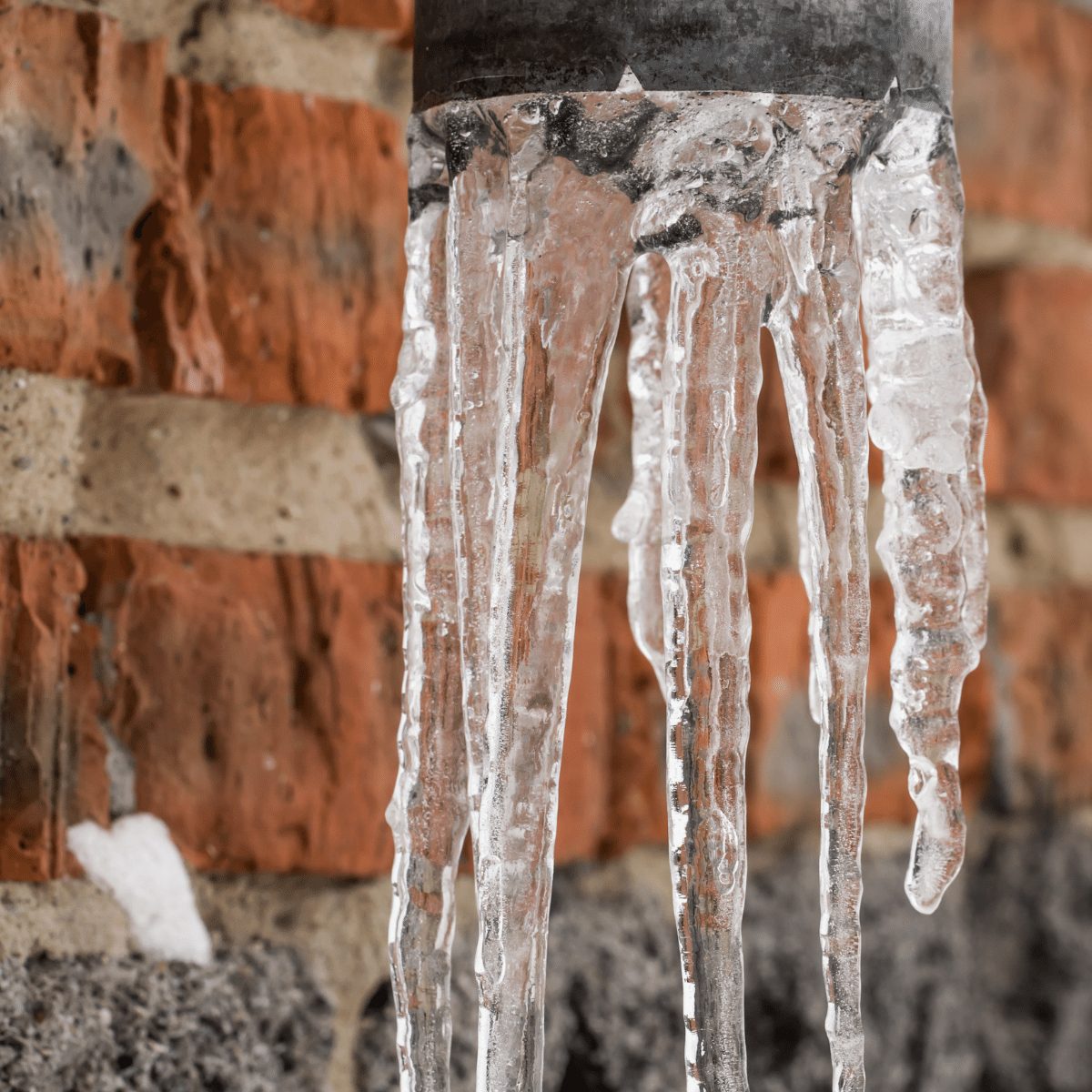Tips to Keep Your Pipes from Cold Weather Issues: Essential Tips
Tips to Keep Your Pipes from Cold Weather Issues: Essential Tips
Blog Article
Here in the next paragraphs you might get a lot of superb news related to Winter Plumbing Precautions: Preventing Frozen Pipes.

Winter can ruin your plumbing, especially by freezing pipes. Here's how to avoid it from occurring and what to do if it does.
Introduction
As temperature levels decline, the threat of icy pipes increases, potentially leading to pricey fixings and water damages. Comprehending exactly how to prevent frozen pipes is important for property owners in cool environments.
Understanding Icy Pipes
What creates pipes to ice up?
Pipes ice up when exposed to temperature levels listed below 32 ° F (0 ° C) for prolonged durations. As water inside the pipes freezes, it increases, putting pressure on the pipe wall surfaces and possibly causing them to rupture.
Threats and problems
Frozen pipes can cause water supply disruptions, building damage, and pricey fixings. Burst pipes can flooding homes and trigger considerable structural damages.
Indicators of Frozen Pipes
Identifying frozen pipelines early can stop them from rupturing.
How to recognize frozen pipes
Look for lowered water circulation from faucets, unusual odors or sounds from pipes, and noticeable frost on revealed pipelines.
Prevention Tips
Shielding prone pipes
Cover pipes in insulation sleeves or make use of warm tape to protect them from freezing temperature levels. Focus on pipelines in unheated or outside locations of the home.
Home heating methods
Maintain interior rooms appropriately warmed, especially locations with pipes. Open cupboard doors to allow cozy air to flow around pipes under sinks.
Safeguarding Exterior Plumbing
Garden tubes and outdoor faucets
Detach and drain pipes yard tubes prior to wintertime. Mount frost-proof faucets or cover exterior taps with shielded caps.
What to Do If Your Pipelines Freeze
Immediate activities to take
If you believe frozen pipes, keep faucets open to relieve pressure as the ice thaws. Make use of a hairdryer or towels soaked in warm water to thaw pipelines slowly.
Long-Term Solutions
Structural modifications
Take into consideration rerouting pipes away from outside walls or unheated areas. Include additional insulation to attic rooms, basements, and crawl spaces.
Updating insulation
Purchase premium insulation for pipes, attics, and wall surfaces. Appropriate insulation helps preserve consistent temperatures and reduces the danger of icy pipes.
Verdict
Preventing icy pipes needs aggressive steps and fast feedbacks. By comprehending the causes, indications, and safety nets, homeowners can protect their plumbing throughout winter.
6 Proven Ways to Prevent Frozen Pipes and Protect Your Home
Disconnect and Drain Garden Hoses
Before winter arrives, start by disconnecting your garden hoses and draining any remaining water. Close the shut-off valves that supply outdoor hose bibs and leave the outdoor faucet open to allow any residual water to drain. For extra protection, consider using faucet covers throughout the colder months. It’s also important to drain water from any sprinkler supply lines following the manufacturer’s directions.
Insulate Exposed Pipes
Insulating your pipes is an effective way to prevent freezing. Pipe insulation is readily available at home improvement stores and is relatively inexpensive. Pay close attention to pipes in unheated areas such as the attic, basement, crawl spaces, or garage. Apply foam insulation generously to create a buffer against the cold. You can also wrap your pipes in heat tape or thermostat-controlled heat cables for added warmth.
Seal Air Leaks
Inspect your home for any cracks or openings that could let in cold air. Seal any holes around the piping in interior or exterior walls, as well as the sill plates where your home rests on its foundation. Additionally, make sure to keep your garage door closed unless you’re entering or exiting. Leaving it open creates a significant air leak that can lead to frozen pipes.
Allow Warm Air Circulation
During cold snaps, it’s essential to allow warm air to circulate evenly throughout your home. Leave interior doors ajar to promote better airflow. Open kitchen and bathroom cabinets to help distribute heat consistently around the rooms. If you have small children or pets, be sure to remove any household chemicals or potentially harmful cleaners from open cabinets for safety.
Let Faucets Drip
A small trickle of water can make a big difference in preventing ice formation inside your pipes. When temperatures drop significantly, start a drip of water from all faucets served by exposed pipes. This continuous flow helps prevent the water from freezing. Additionally, running a few faucets slightly can relieve pressure inside the pipes, reducing the chances of a rupture if the water inside does freeze.
https://choateshvac.com/6-proven-ways-to-prevent-frozen-pipes-and-protect-your-home/
.jpg)
We hope you enjoyed our excerpt about How to Prevent Your Pipes From Freezing. Thank you so much for taking time to read through our blog. Do you know somebody else who is excited by the topic? Take a moment to share it. I love reading our article about How To Avoid Freezing Pipes.
Contact Report this page